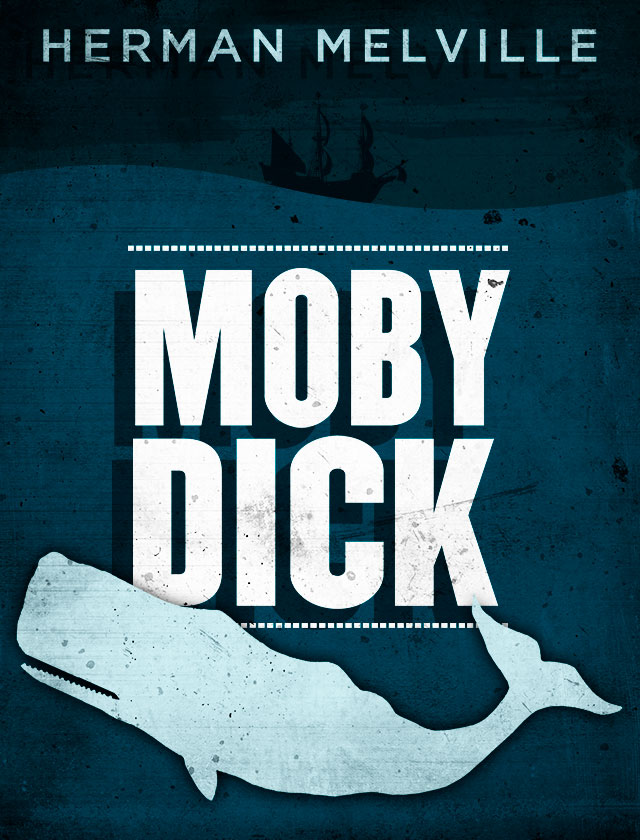Moby Dick
by Herman Melville
Chapters 32 - 41
Chapter 32 Summary
Ishmael tells us that the science of whales is called “cetology,” which is the name of this chapter. He announces his intention to give the reader a better understanding of the whale before relating more of the Pequod’s adventure. In this chapter, Ishmael offers a system of his own devising for classifying the different types of whales. Instead of the traditional Linnaean classifications, Ishmael divides the whale into “books” and “chapters.” The books are the Folio, the Octavo, and the Duodecimo, with several chapters each representing specific types of whales. Ishmael does not claim that his classification system is complete. Indeed, he says that nothing great can ever really be completed and that this book, itself, is but “the draught of a draught.”
Chapter 33 Summary
In the past, Ishmael tells us, the command of a whaling ship was divided between the captain and a person called the “specksynder,” a Dutch word meaning “fat-cutter.” The captain was responsible for navigating the ship, and the specksynder was responsible for everything concerning the hunting and killing of whales. In time, this role shifted into the role of chief harpooner and subsequently lost its command importance. Now, the chief harpooner, though high up on the hierarchy, is nonetheless subordinate to the captain. Ishmael comments that, though hierarchy is a reality on every sailing vessel, it is somewhat less stringent on a whaling vessel. On a whaler, there is a natural interdependence among every crew member because each man’s fortune depends upon the overall success of the hunting. As a captain, Ahab is tyrannical, and something about his grim manners commands obedience. Ishmael believes that Ahab uses his authority sometimes wrongly, for his own private ends.
Chapter 34 Summary
Ishmael describes the officers of the Pequod at dinner, a formal, regimented event at which silence generally...
Sign up to continue reading Chapters 32 - 41 >